SLINK
Complete product definition, team building and management.
My Role
I had an idea. I wanted to be able to share links with friends or co-workers and be able to have a conversation around it without the noise of social media. Most link sharing apps are just a list of links – I wanted something more visual.
I saw a cross-platform app that would allow users to share content found on the web at anytime from any device. To consume this content in a visual format that would drive users to interact. Most of all I wanted users to be able to easily discuss the content with the interested parties they shared the links with. Either with people, groups or around a topic. This had to be non-intrusive to un-interested parties. This is not a Facebook like free for all of commenting.
I brainstormed a solution, surveyed people, created a prototype and user tested it. Then created the product and refined it based on user feedback.
I conceived this project from start to finish, hired a developer and managed the product development and launch.
The Problem
The options for sharing links is limited to Facebook, email or some other link sharing tool that doesn’t meet my needs. Facebook is too public and gets interference from people who are uninterested in the topics. Email is a clunky and outdated way to share. Other link sharing tools are text based and don’t offer the ability to have a conversation around the shared content.
How do I share links and content with a friend or friends easily in an interesting way but also foster the ability to have a conversation about it.
How do I ensure this doesn’t become spammy and annoying?
How do I run the project and manage the process of creating a complete live web product?
Goals
Create a system that allows for easy sharing of links with specific people and allow for conversation to happen around the shared subject matter. The tool should be simple, beautiful and fun.
Research
Understanding the user and what they want was crucial. I knew that my wants and needs would not be sufficient to build the project.
I looked at reviews for other link sharing apps, I did surveys on Facebook and I asked about a dozen people I know to gather feedback on what the app should be. It helped to inform what Slink would become. Is it a social media tool? Is it a business communications app? Is it mobile or desktop? The path became clear.
Slink was not just a link sharing app. It is an internet research tool. Used privately, as a group or as a business tool. It was a browser plugin and eventually would be mobile.
Its always crucial to understand the competition. I looked at other popular link sharing apps to see what I liked and what I didn’t like.
Some focused on the marketing angle, some were mobile, some were ugly. Most were single platform and didn’t really function how I thought they should.
One thing became clear. Slink needed to be cross platform. Desktop and mobile. Easily being able to share content that you are consuming at any time.
The Slink App
Onboarding new users is extremely important to the success of the product. In order to onboard users effectively, I designed a flow that had only a few necessary screens. These screens walked the user through required steps that helped them set up their account and connect with friends. In order to reduce friction I added a Facebook login option as well.
User research helped me understand that the Slink web app and mobile site were more of a way to consume information and connect with friends. The bulk of sharing would happen during a users regular web browsing outside of Slink.
This led me to create browser plugins for Chrome, Firefox and Safari. Upon onboarding a new user we would browser detect and ask them download the plugin to ensure a healthy sharing experience for all users.
Conclusion
At some point this experiment had to end. I was self funding the project and there was no pending source of income to maintain it. During this period I still maintained my day job and this was just my side project. Server costs and maintenance were minimal but development costs began to exceed reason.
My biggest sign of success came from the users who were disappointed when I shut Slink down. I received a dozen or so messages of users who told me how they used this tool, how it had become part of their daily flow and how much they liked it and shared it with others. I love the success I had with Slink and would love to start it back up someday.


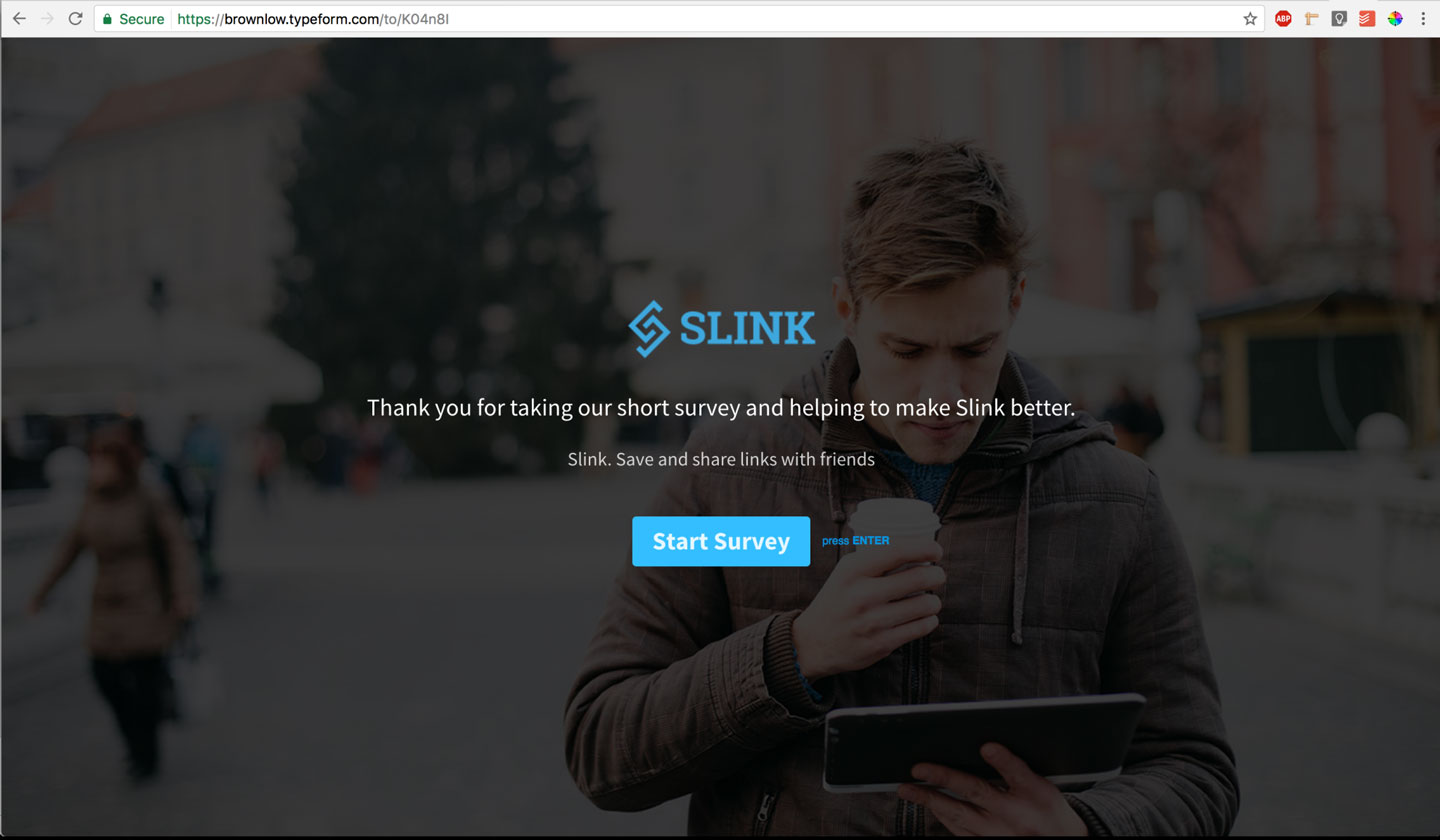


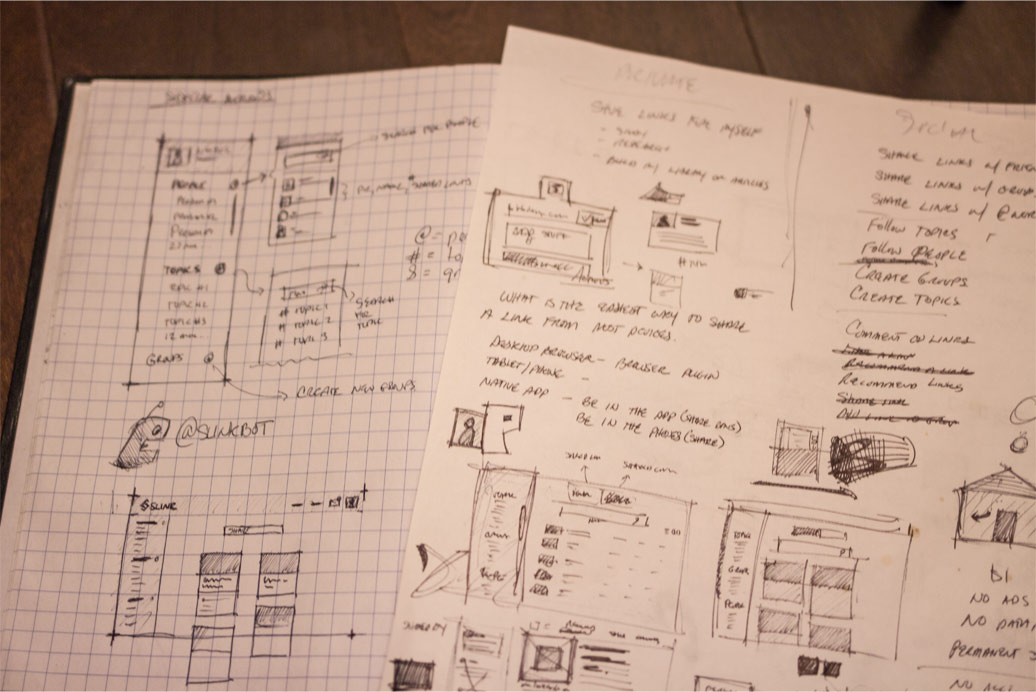

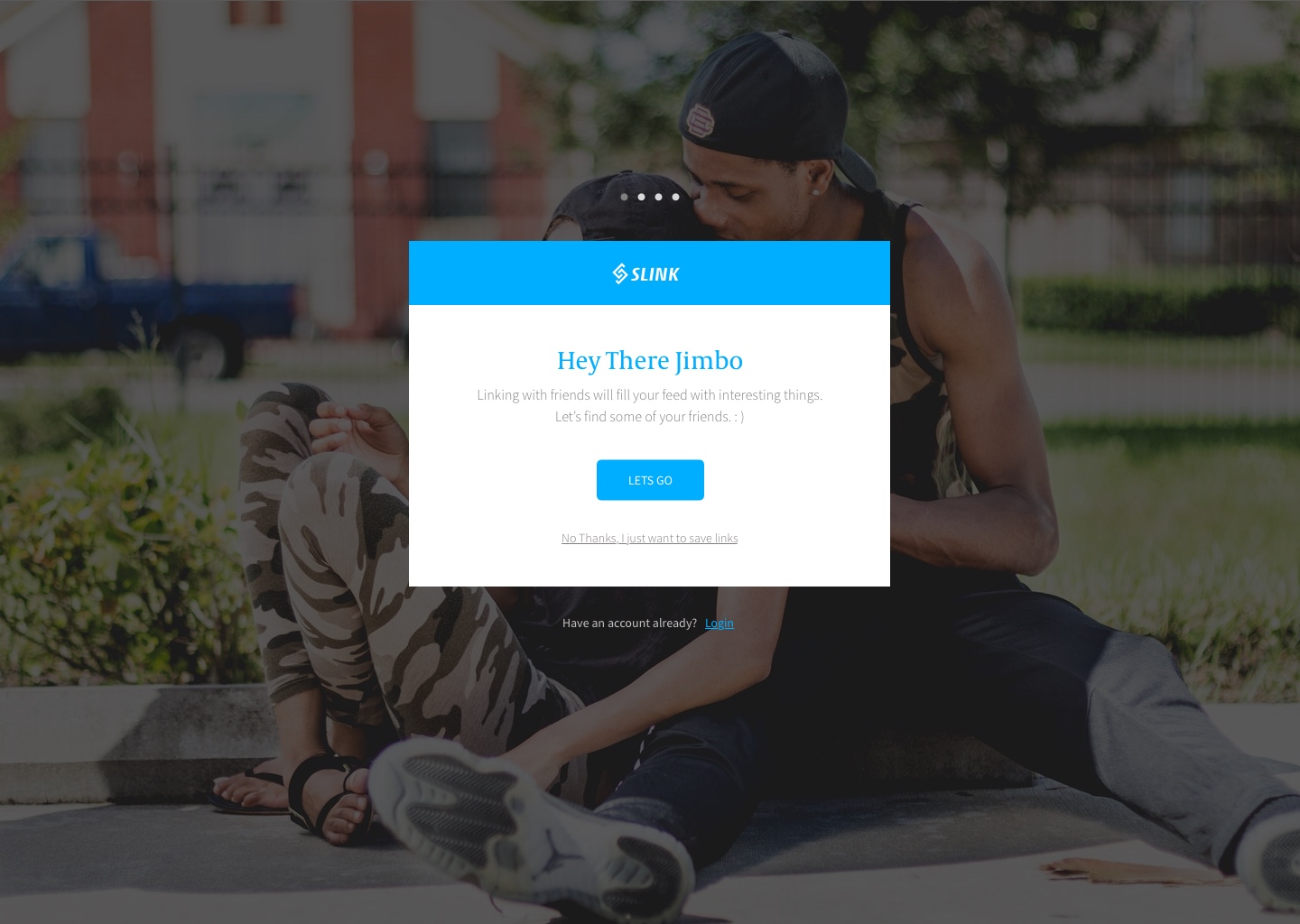
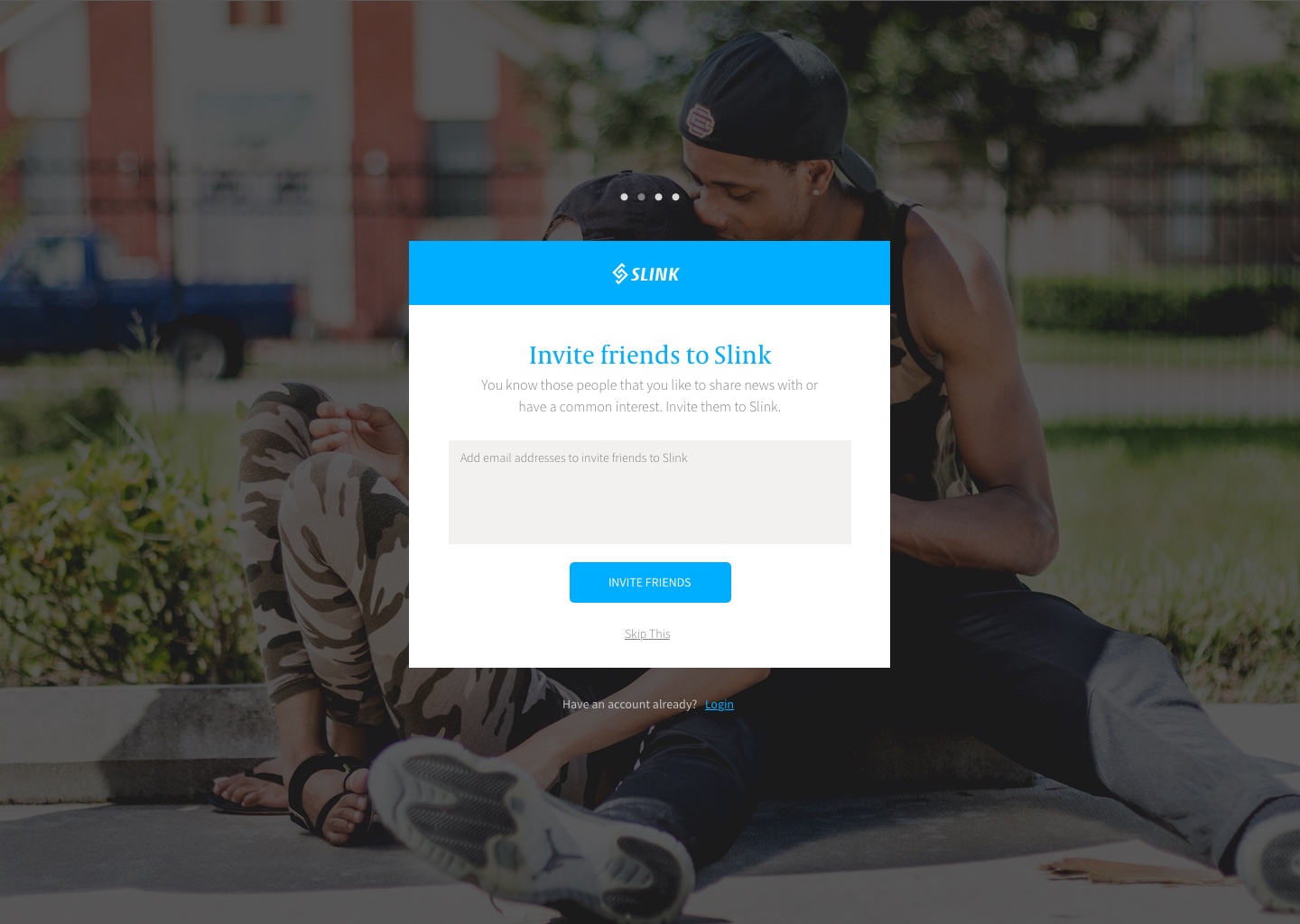
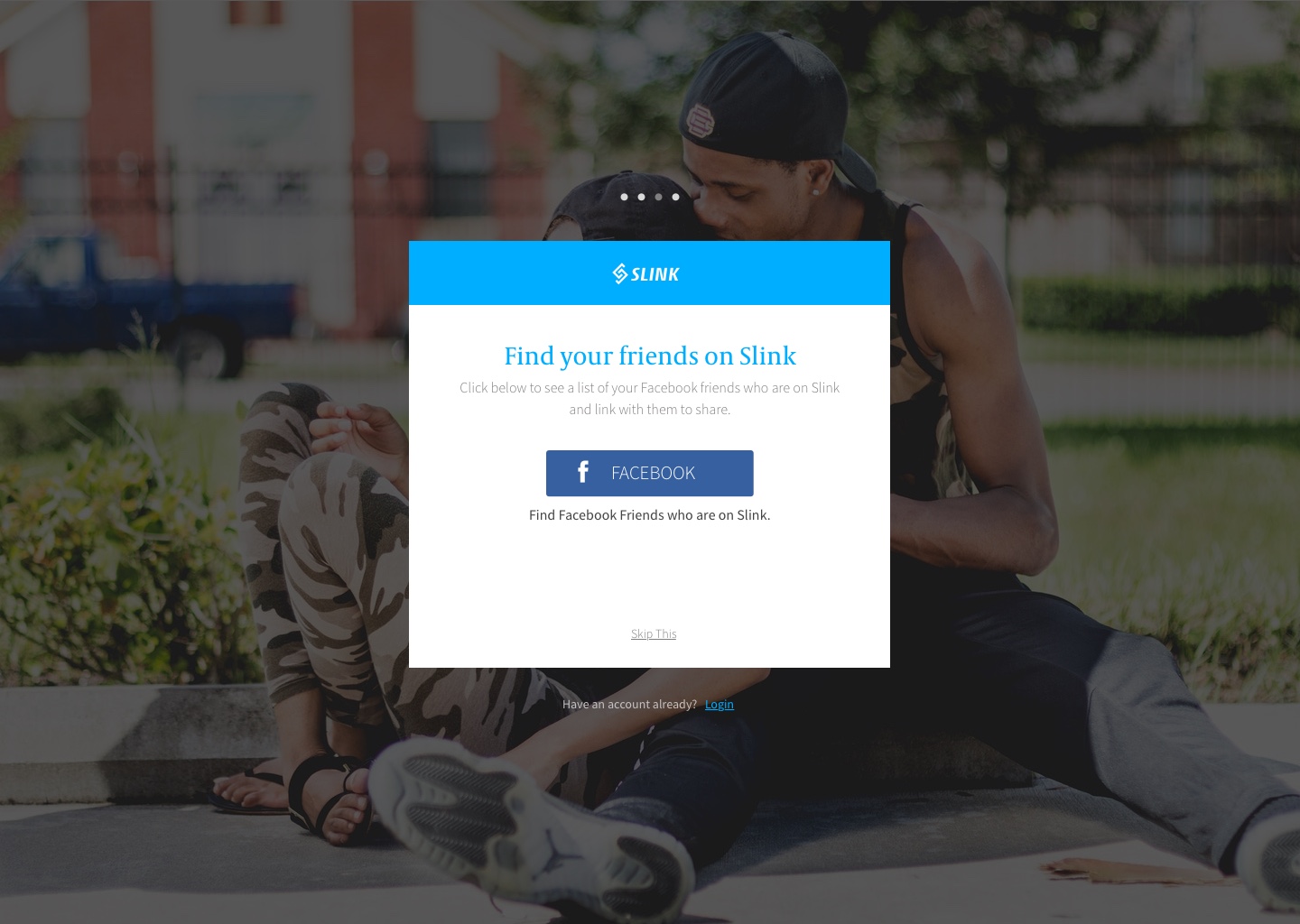
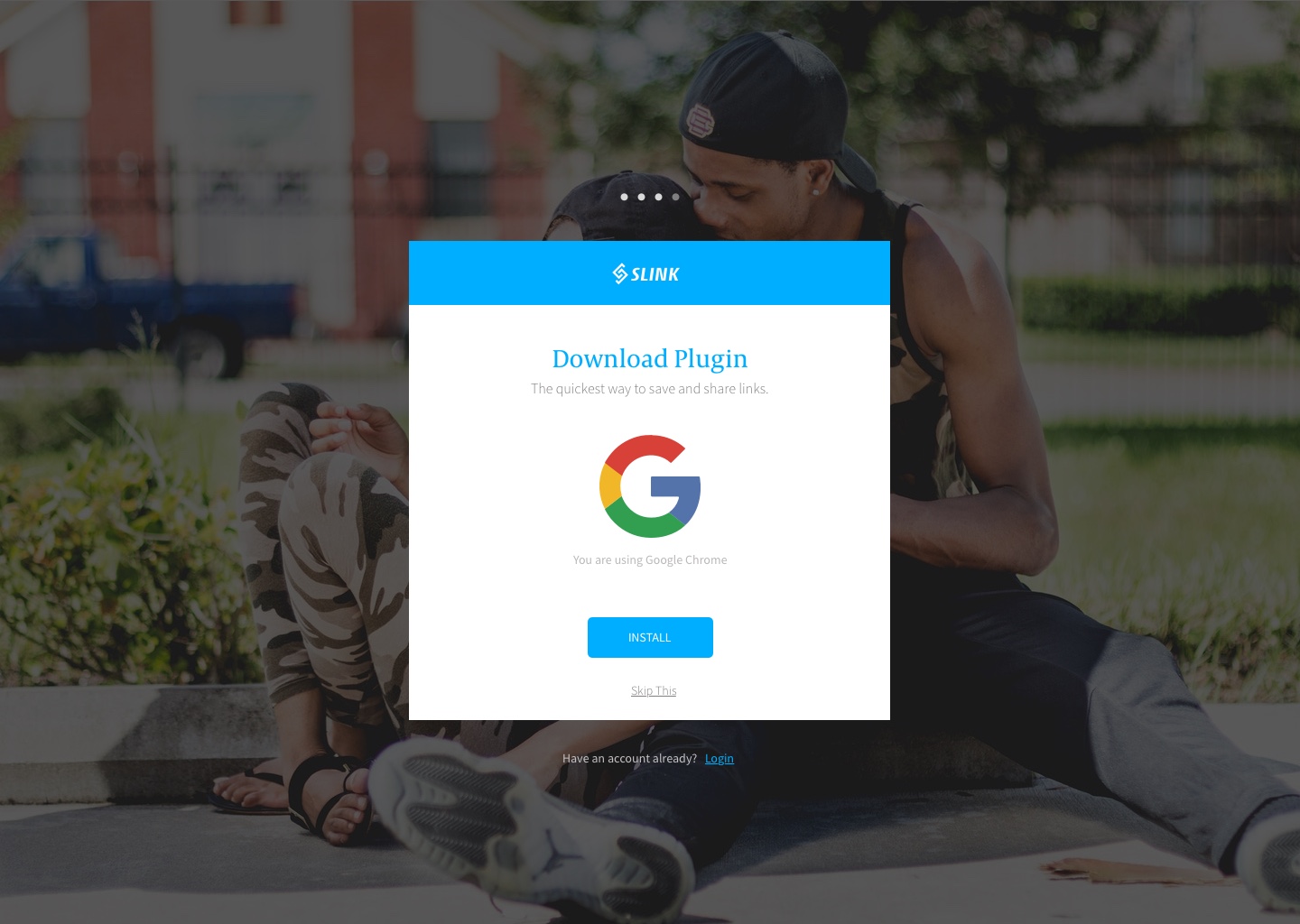
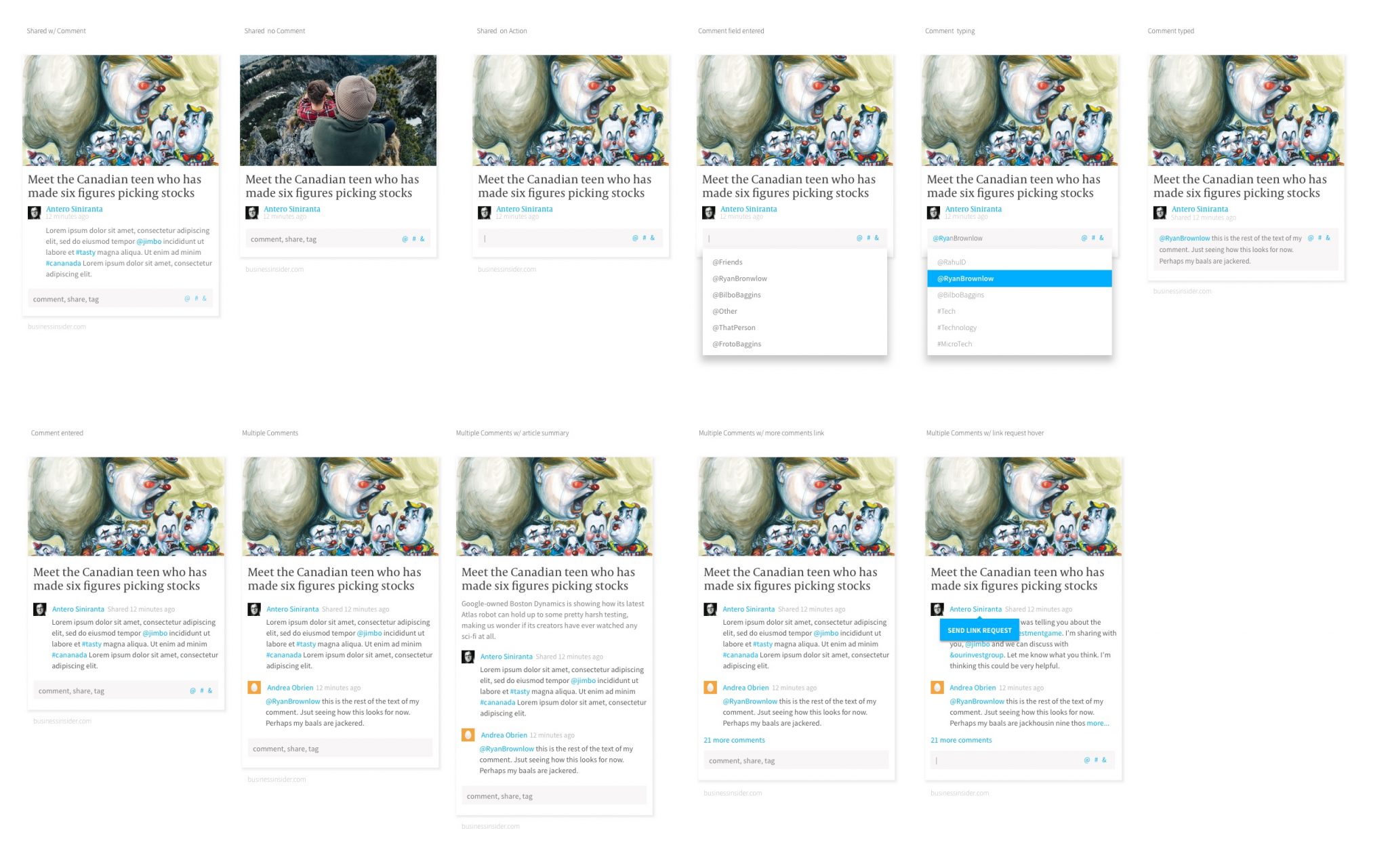
No comments.